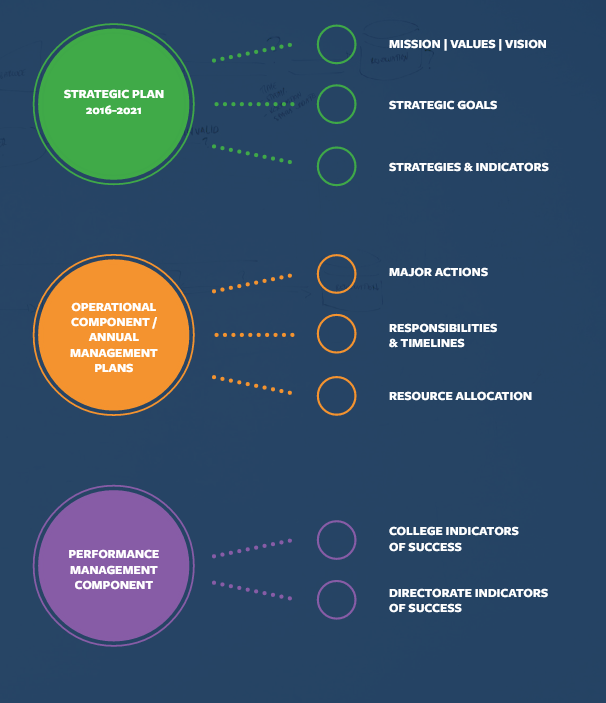

Any new application should be tested against existing applications. If implementing a new OMS, the firm’s current desktops should be reviewed to insure they are sufficient to run the new application and will perform well with it. The following diagram shows an example of a basic system and data flows. The flow of traffic needs to be understood before networking components such as firewall rules can be applied. If an order management system (OMS) is already in place, it is necessary to review how the business communicates with the outside world. Order management systems are covered in the last section. A review of the firm’s IT infrastructure is useful to insure that it has the capacity to support the order management and FIX systems that are necessary in order to accomplish the stated STP goals. This chapter discusses the infrastructure which needs to be in place before implementing an electronic trading system utilizing the FIX protocol. The FIX website is the main source of information, discussion, and notification of FIX-related events. This Guide was created to share the progress developed in the equity side of the market with the fixed income community and other parts of the securities industry and to enable firms to quickly and efficiently implement the use of FIX into their firms. FIX has grown from its original buyside-to-sellside equity trading roots and exchanges, ECNs and other industry participants now use FIX.

It has clearly emerged as the preeminent global messaging protocol. The development of trading and analytic systems based on FIX creates a true foundation for straight through processing.įIX is now used by a large group of firms and vendors. These building blocks allow the movement of data from the beginning to the end of the transaction. Standardized fields of data are the building blocks of the messages. The cycle begins with the ‘indication of interest’ message and extends through the ‘3rd party reporting’ message. FIX is comprised of message types such as a ‘quote request’ or ‘new order’ that mirror the steps of the trade cycle. It leaves the technology decisions to individual firms.įIX standardizes the language and paradigm of a securities transaction. It does not demand a single type of carrier (e.g., it will work with leased lines, frame relay, Internet), nor does it require a single security protocol. Similarly, FIX avoids over-standardization. For that reason, while encouraging vendors to utilize the standard, FIX has remained vendor neutral. Openness has been the key to FIX’s success. FIX allows for the efficient creation of connections with a wide range of counter-parties. For technologists FIX provides an open standard that leverages the development and production efforts of the securities industry. FIX provides a foundation for straight through processing. The benefits are:įrom a business perspective FIX provides institutions, brokers, and other market participants a means of reducing the clutter of unnecessary telephone calls and scraps of paper and facilitates targeting high quality information to specific individuals.

The result is FIX, an open message standard controlled by no single entity that can be structured to match the requirements of each firm. These firms believed that they, and the industry as a whole, could benefit from efficiencies derived through the creation of a standard for the electronic communication of indications, orders and executions. The Financial Information eXchange (FIX) effort was initiated in 1992 by a group of institutions interested in streamlining their trading processes.


 0 kommentar(er)
0 kommentar(er)
